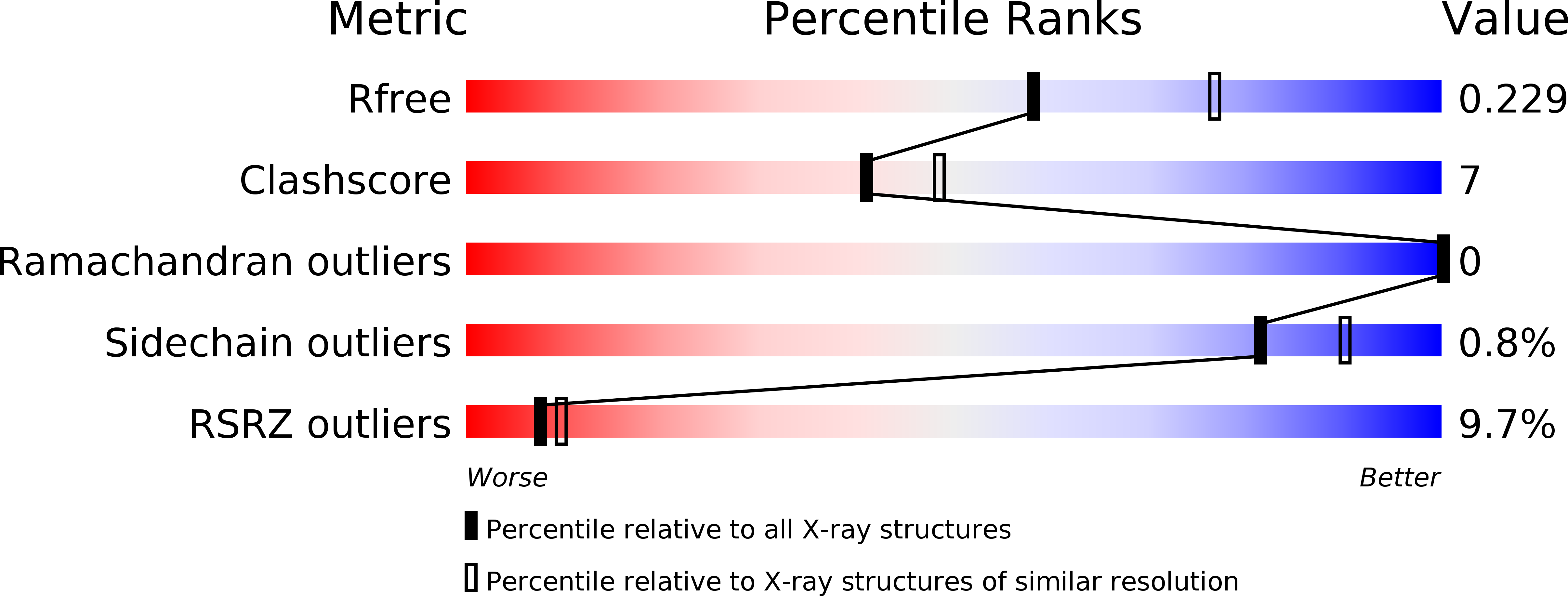
Deposition Date
2013-01-09
Release Date
2014-01-22
Last Version Date
2024-11-27
Entry Detail
PDB ID:
4IPE
Keywords:
Title:
Crystal structure of mitochondrial Hsp90 (TRAP1) with AMPPNP
Biological Source:
Source Organism:
Danio rerio (Taxon ID: 7955)
Host Organism:
Method Details:
Experimental Method:
Resolution:
2.29 Å
R-Value Free:
0.22
R-Value Work:
0.17
R-Value Observed:
0.18
Space Group:
C 1 2 1


